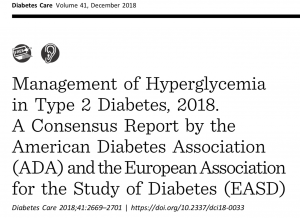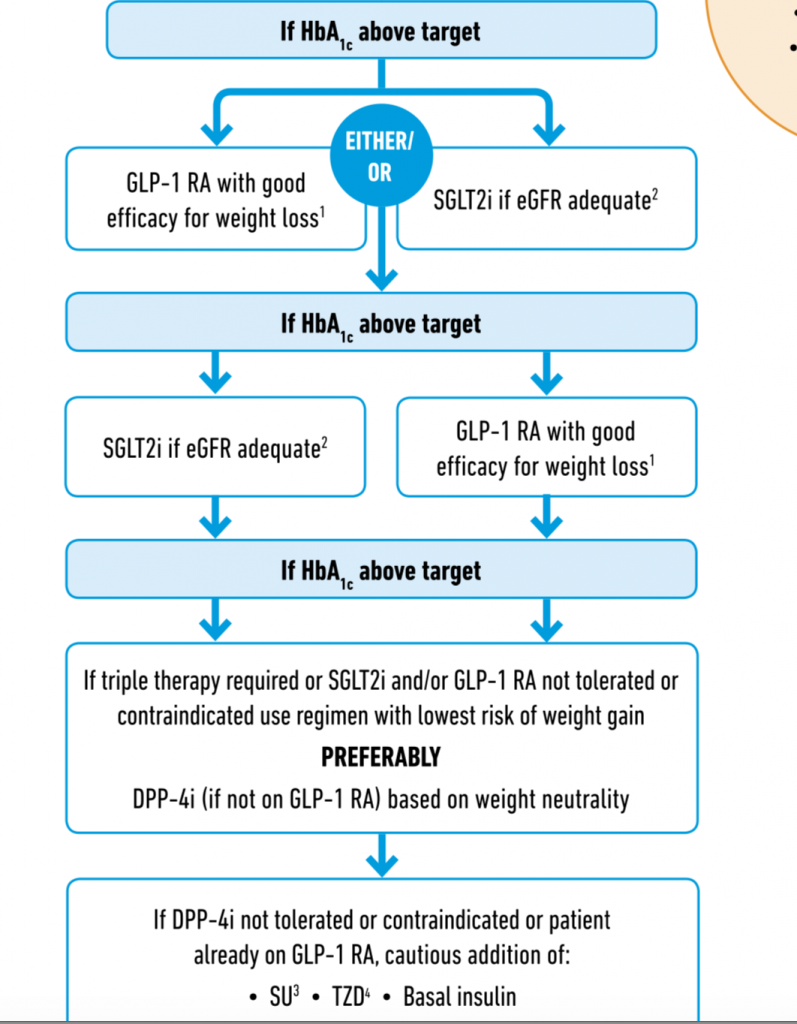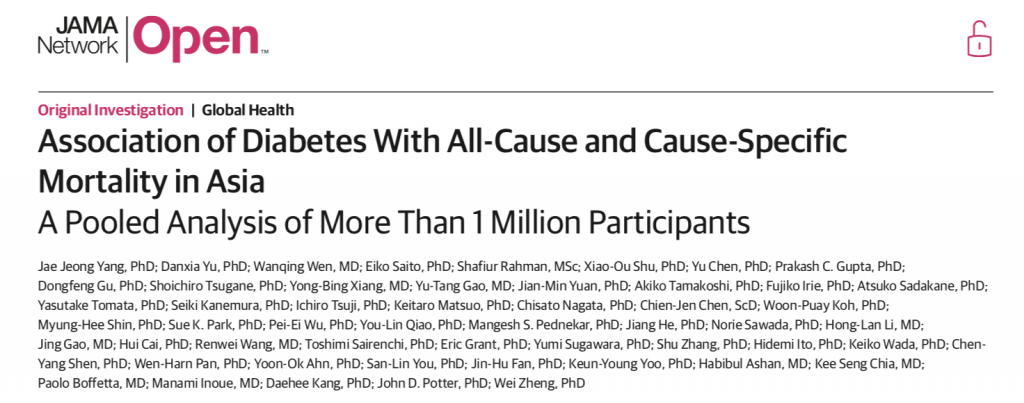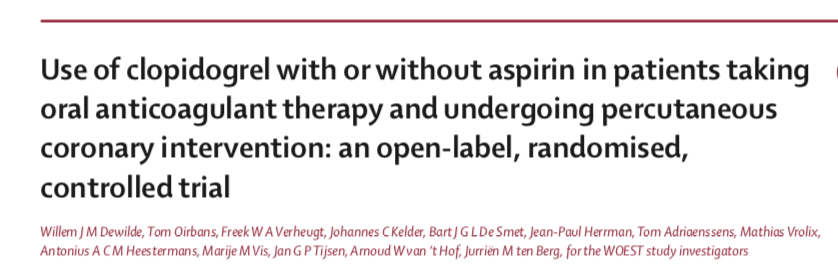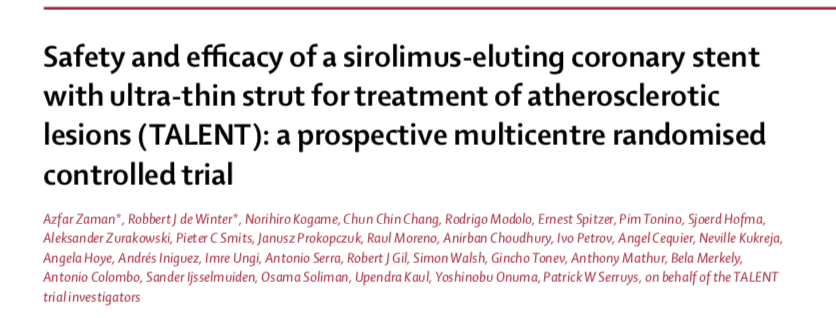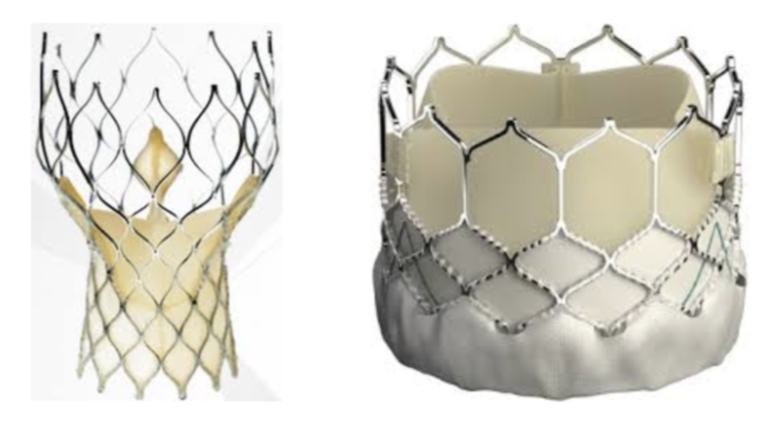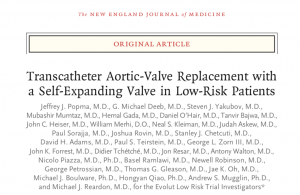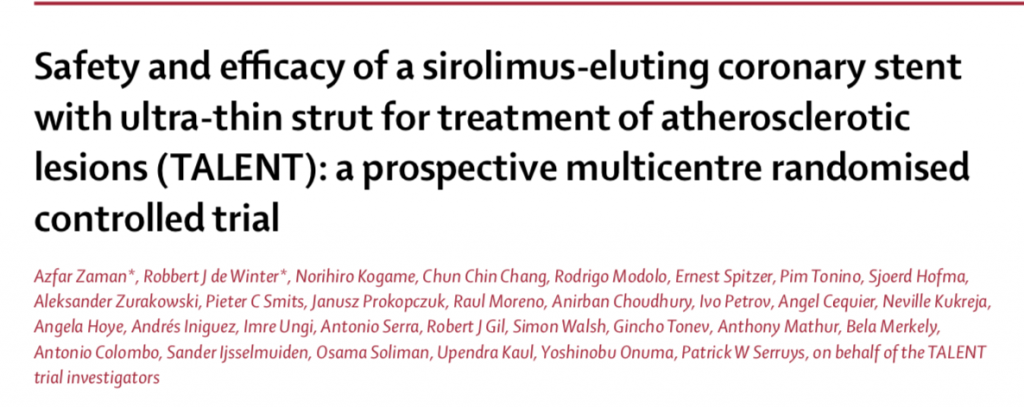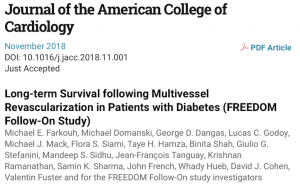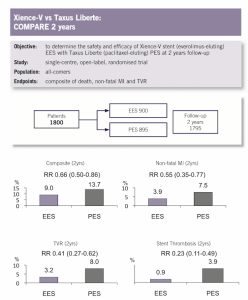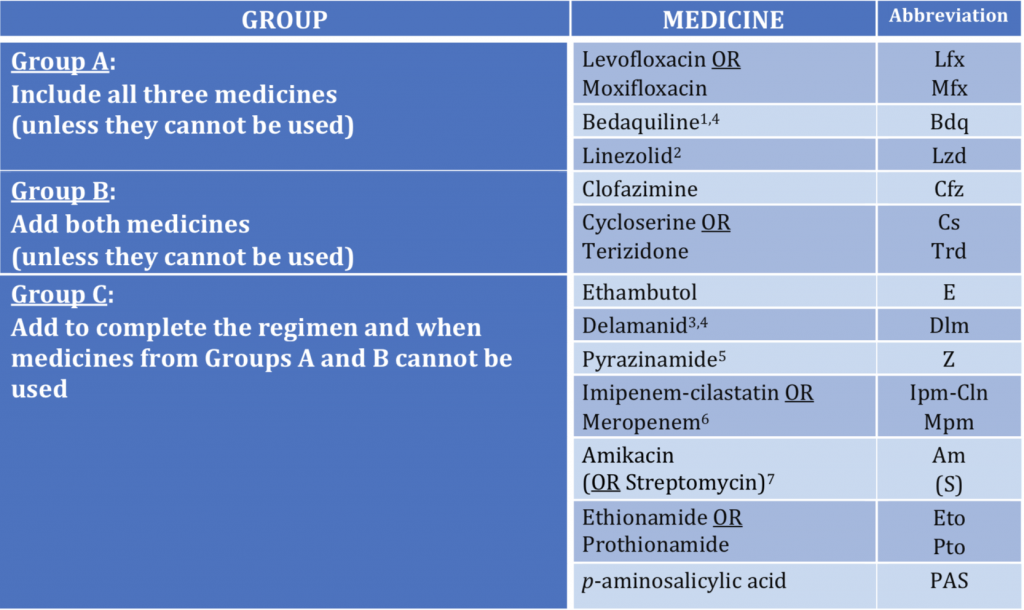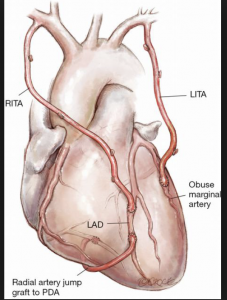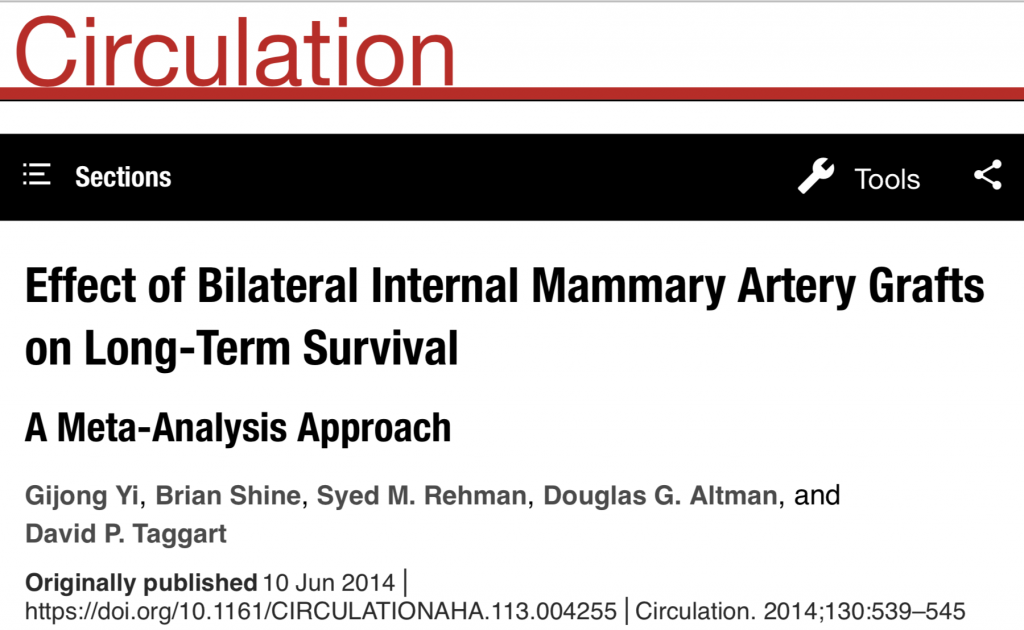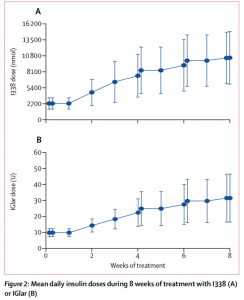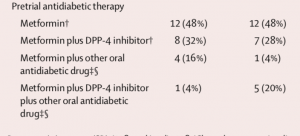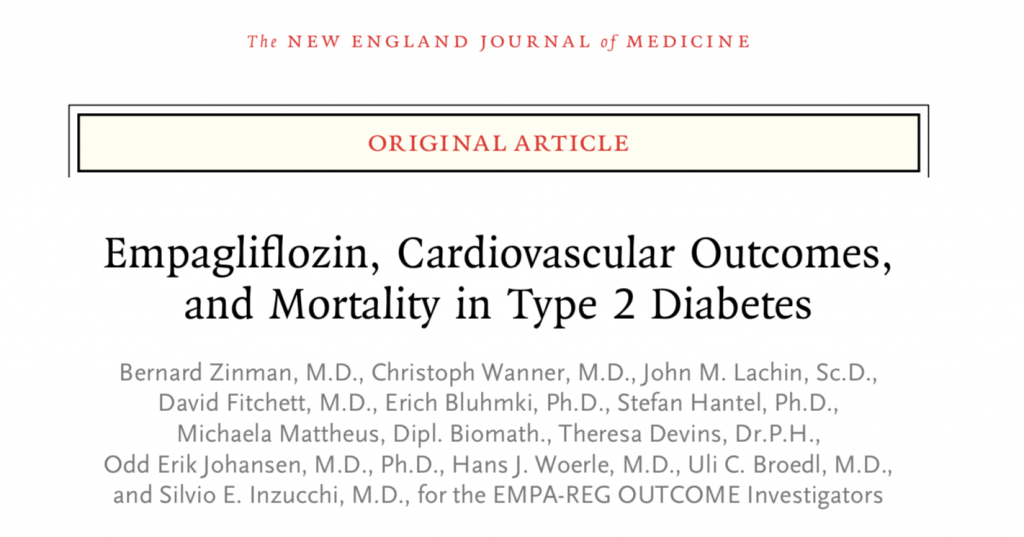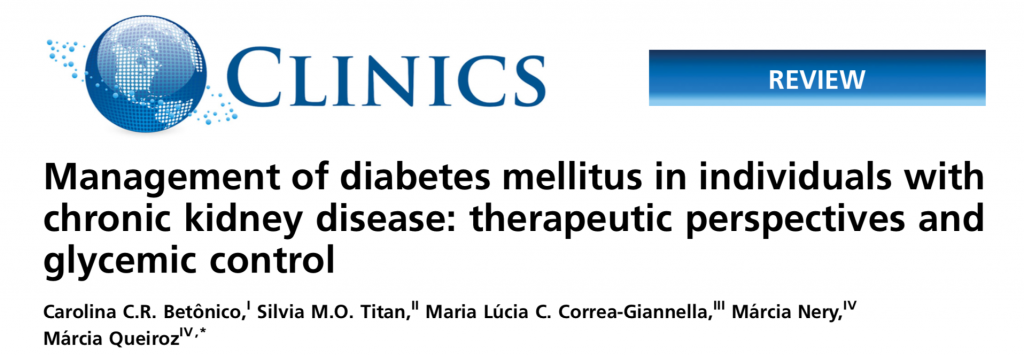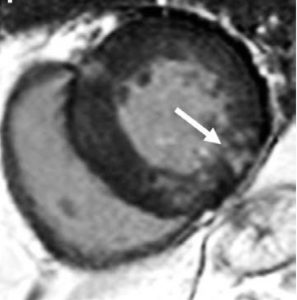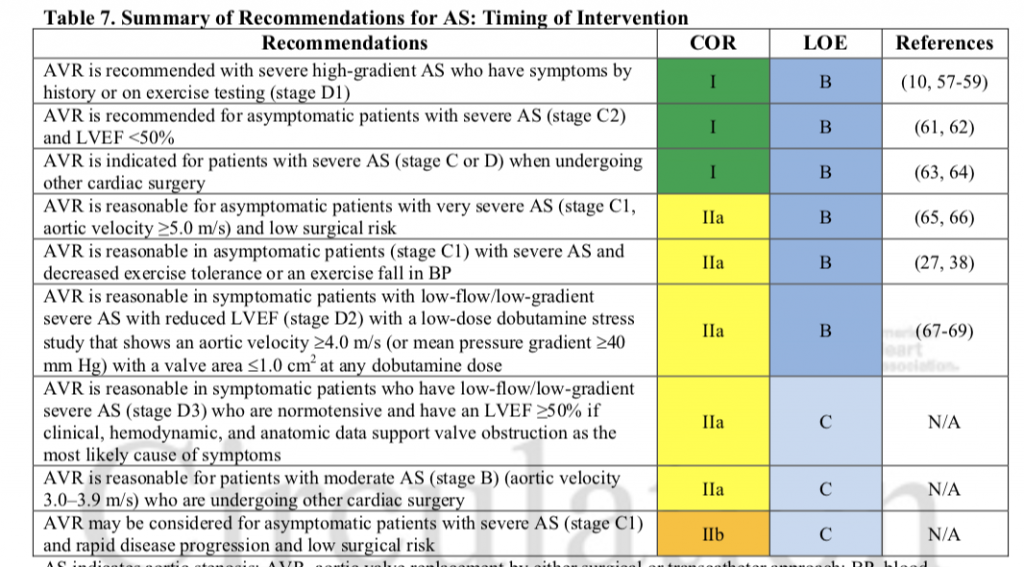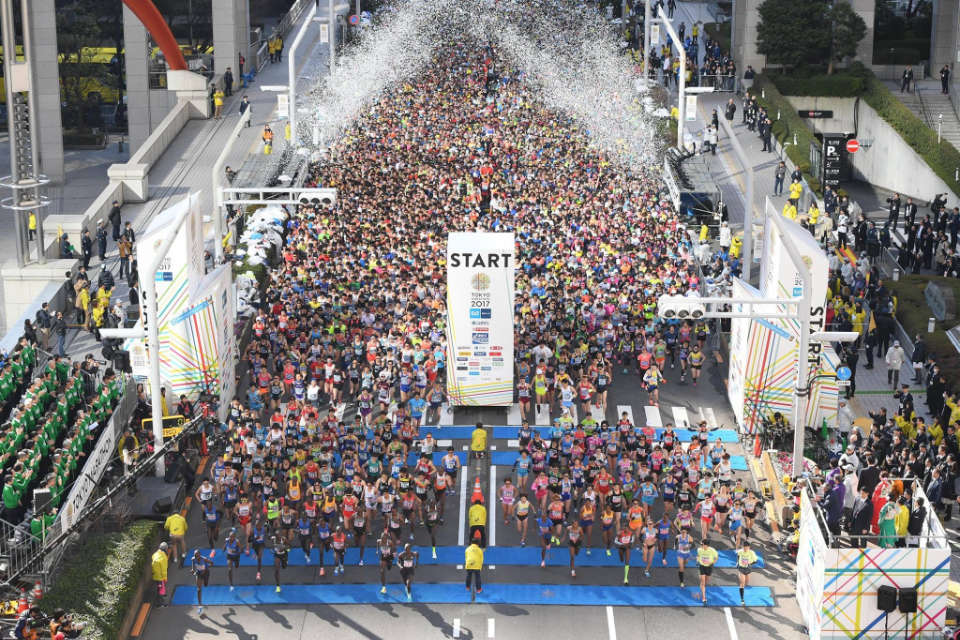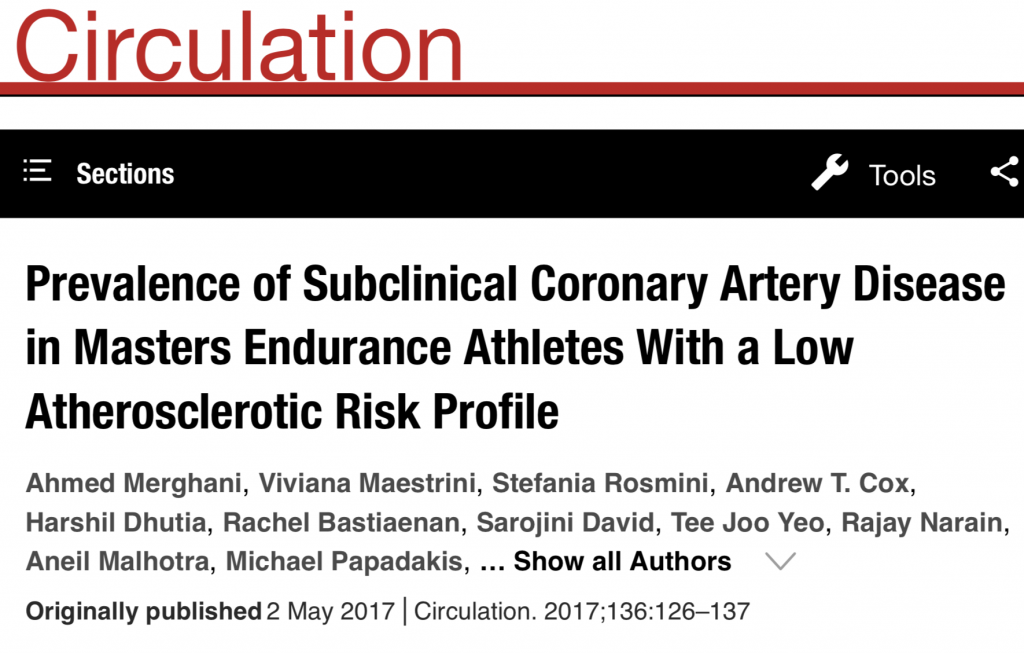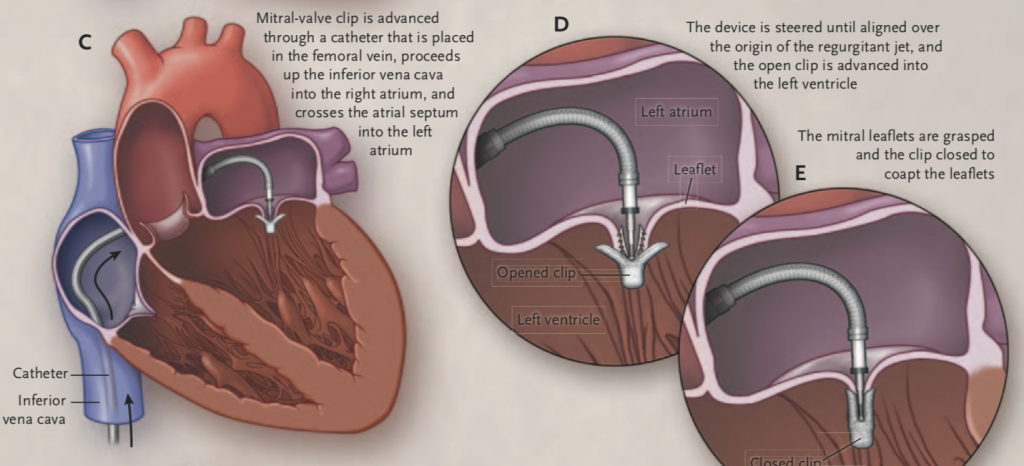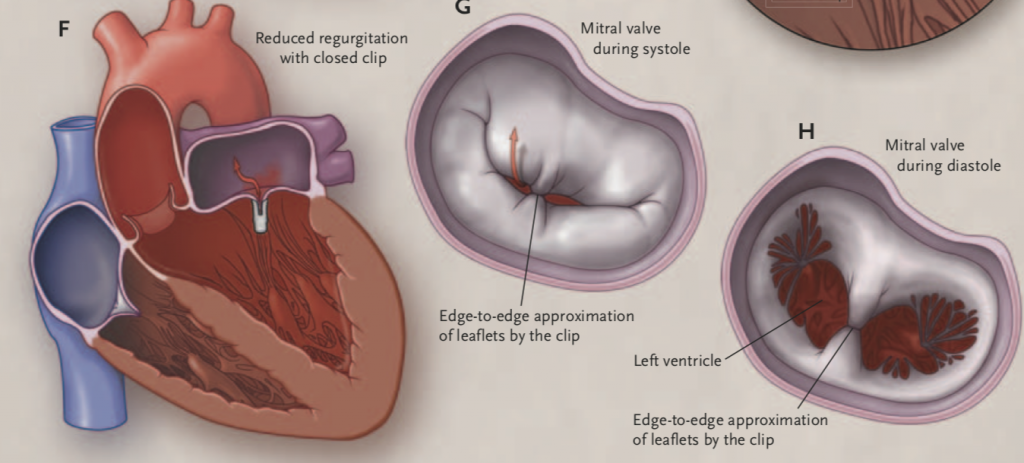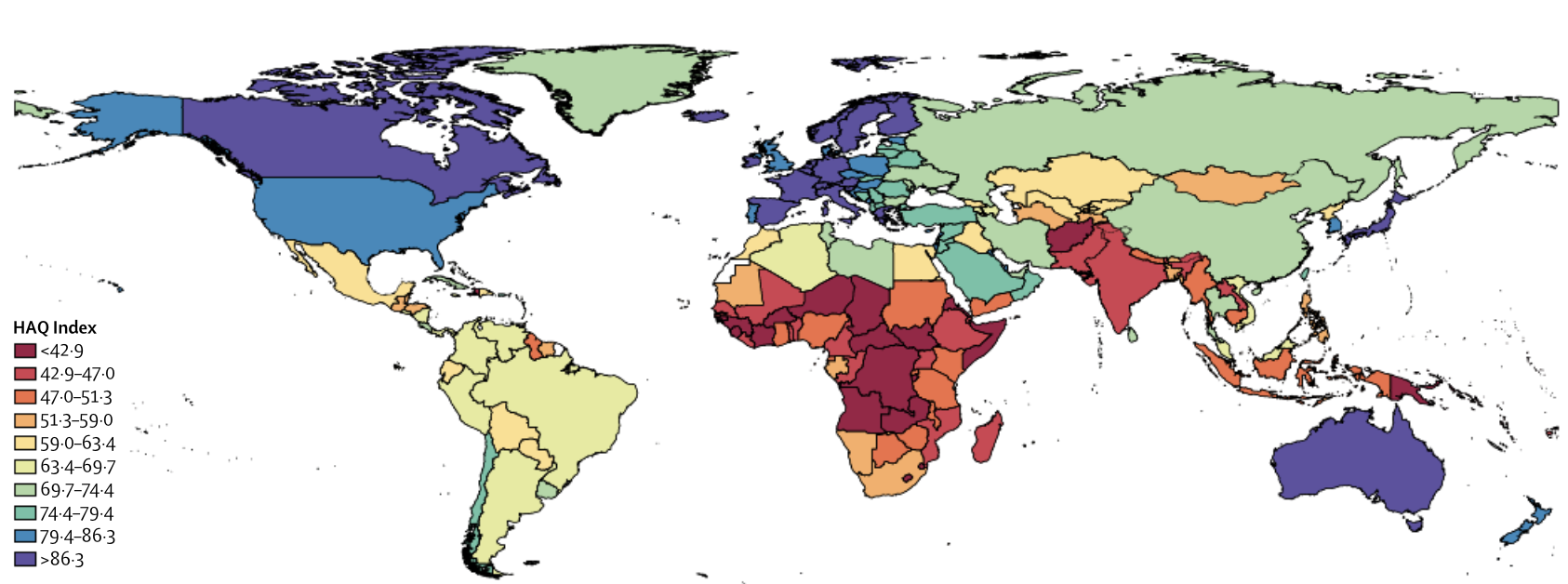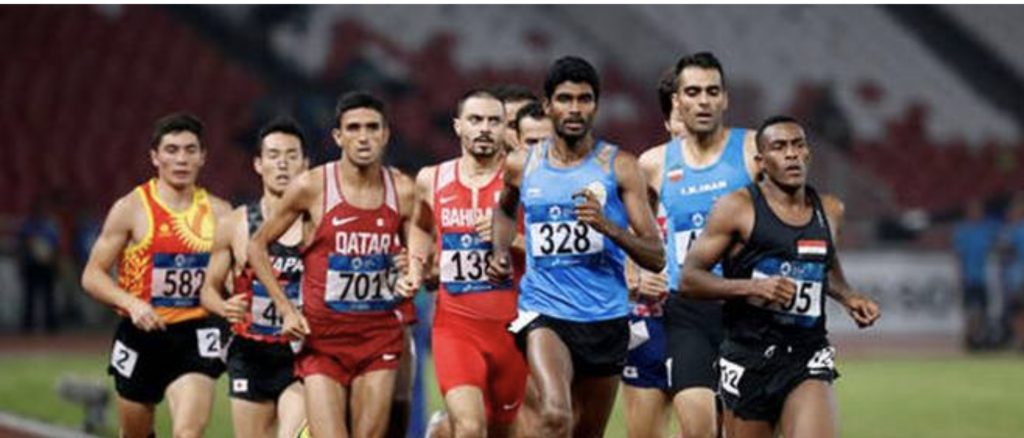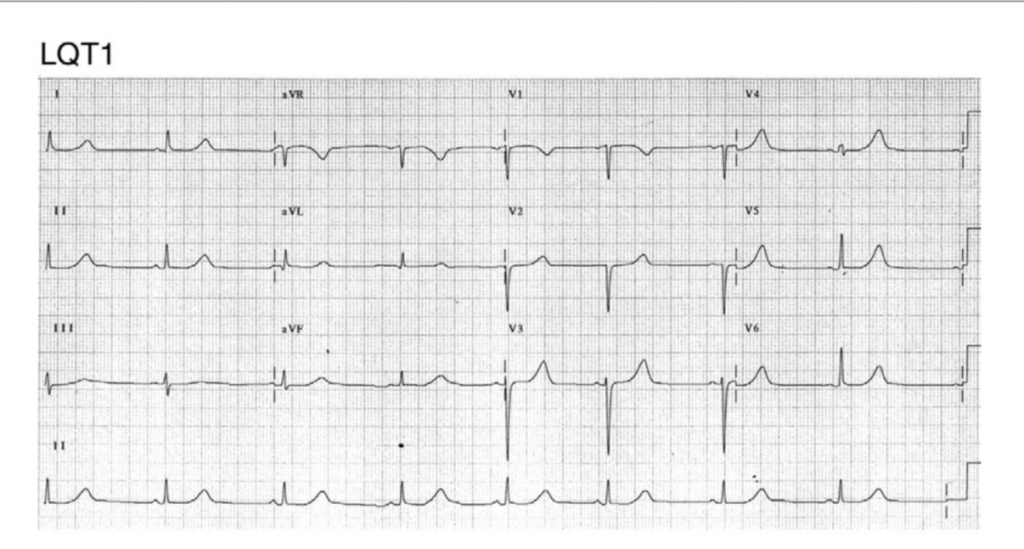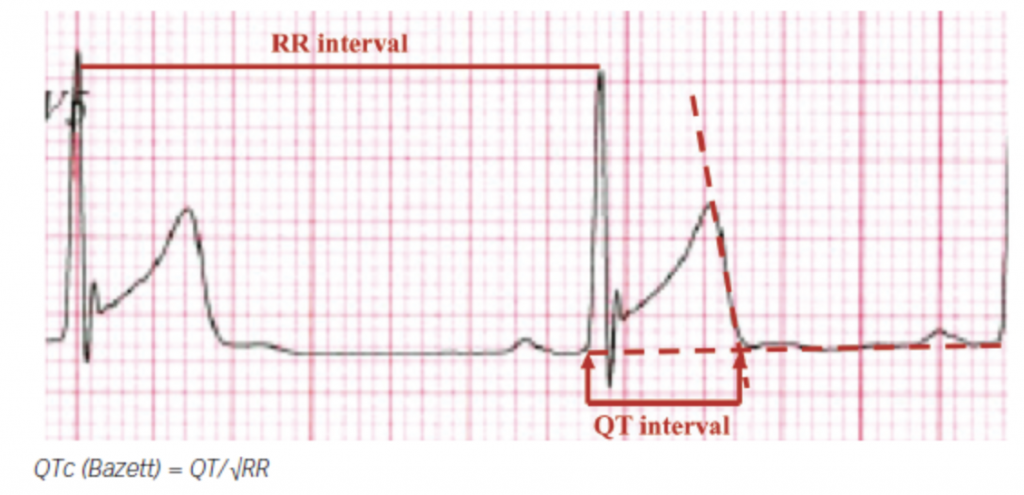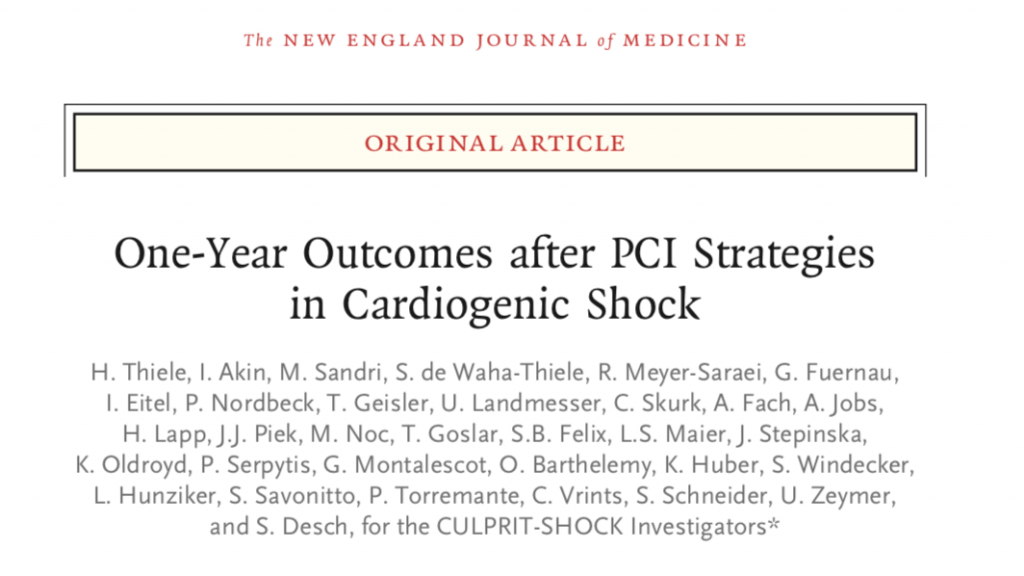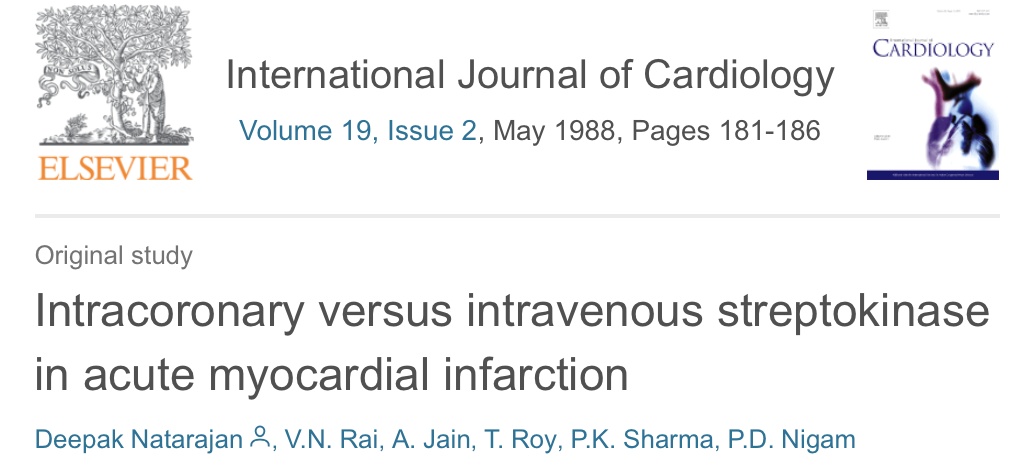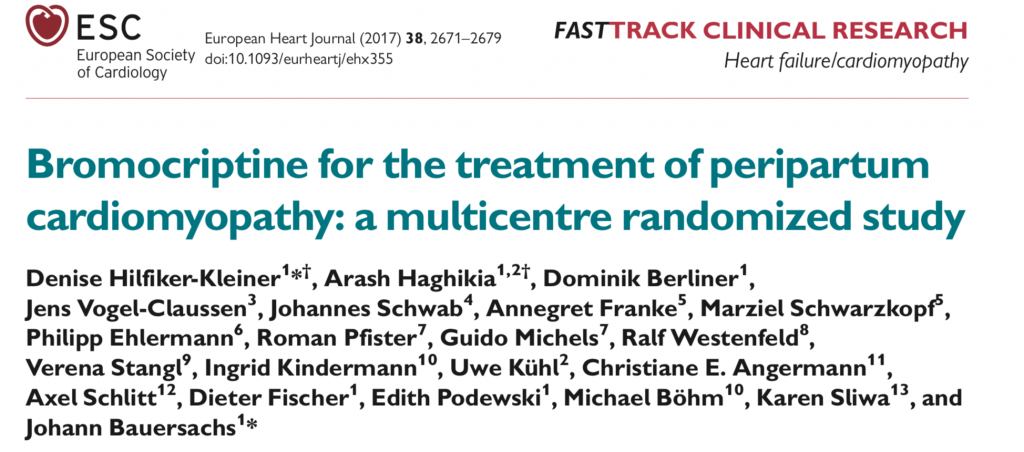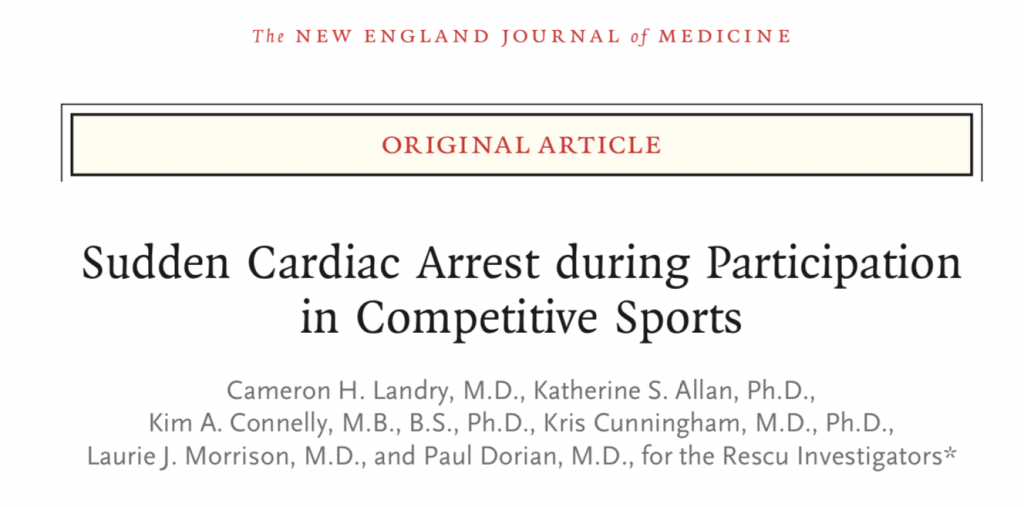
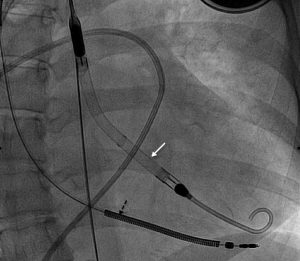
Treating a patient with shock can be an extremely daunting task for any clinician. Shock is a common reason for admission into an intensive care unit. Shock is accompanied with low blood pressure that is invariably raised by vasopressors and inotropes. Two thirds of patients entering an intensive care unit septic shock, which is a distributive type of shock. Other albeit uncommon causes of distributive shock are drug/toxin induced, anaphylactic shock, endocrine shock (Addison crisis) and neurogenic shock. Every protocol on spec shock mandates administration of norepinephrine at 0.2 mcg/kg/min (recommneded first line) and if need be vasopressin at 0.3 units /min. Norepinephrine can be combined with epinephrine, both having combined vasopressor and inotropic effects. The latest vasopressor to be found effective is angiotensin II. Angiotensin II acts by Gq protein stimulation in vascular smooth muscle. The ATHOS -3 (N Engl J Med 2017;377:419-30) randomised trial comparing angiotensin II with placebo in 344 patients with vasodilatory shock (80% had sepsis), showed that significantly more patients had their mean blood pressure raised more than 75 mm Hg at 3 hours with angiotensin II than placebo against background conventional vasopressor therapy ( 70% versus 23%). It must be noted that all these patients were suffering from vasodilatory shock defined as cardiac index greater than 2.3 litresb per minute per square meter or as central venous oxygen saturation greater than 70% coupled with central venous pressure more than 8 mm Hg, with mean arterial pressure between 55 and 70 mm Hg.

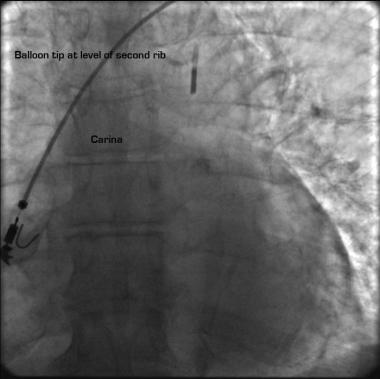
Cardiologists on the other hand are confronted with cariogenic shock where low blood pressure is a result not of dilated peripheral arteries but inability of the heart to pump adequately. Poor pumping of the heart is usually due to acute myocardial infarction, and in other instances due to mechanical failure (valvular dysfunction, ventricular septal defect, atrial myxoma), and arrhthmias. Initial treatment includes inotropic support with dobutamine and vasopressor support with norepinephrine. Vasodilatory shock by itself is very difficult to treat, but cariogenic shock is even more so because of the fact that too much vasopressor administration can be detrimental to the already struggling heart. No sweet spot has so far been determined for vasopressor/inotrope dosage, and hence patients of cariogenic shock will need supportive treatment consisting of the intraaortic balloon pump (IABP), Impella, or extracorporeal membrane oxygenation (ECMO).
